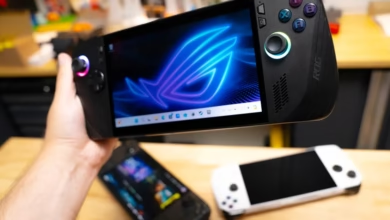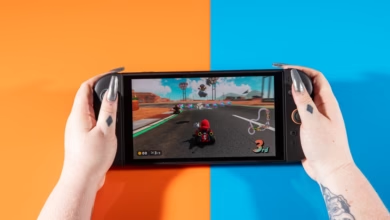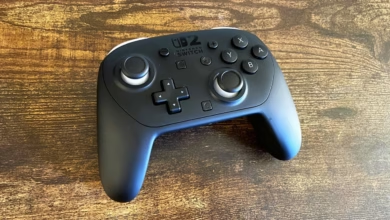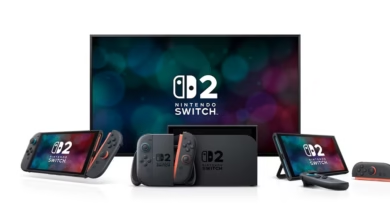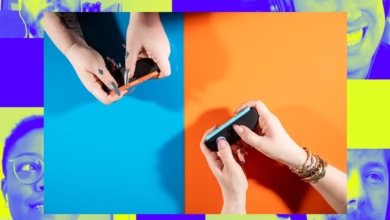Nintendo Switch 2 Review: Hands-On Impressions & Verdict
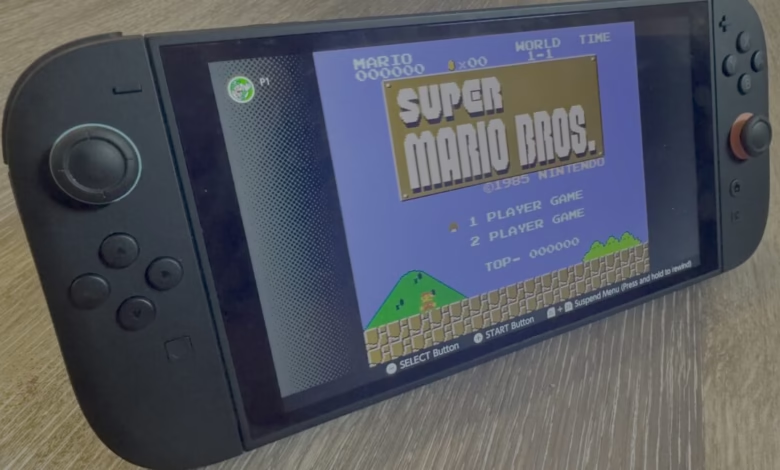
▼ Summary
– The Switch 2 shows improved graphics with fewer jaggies and sharper textures compared to the original Switch, especially in docked mode.
– Third-party ports like Cyberpunk 2077 run significantly better on the Switch 2, with visuals comparable to a PS4 Pro in handheld mode or an Xbox Series S docked.
– Battery life is a major compromise, with demanding games draining the Switch 2 in 2-2.5 hours, though less intensive games last longer.
– The Switch 2 includes small but useful hardware improvements, such as an extra USB-C port, a better stand, and faster storage that halves load times.
– The 256GB internal storage is insufficient for large game downloads, requiring most users to purchase additional MicroSD Express storage.
The Nintendo Switch 2 delivers a noticeable upgrade over its predecessor, balancing enhanced performance with the same portable versatility that made the original a hit. Early hands-on impressions reveal sharper visuals, faster load times, and improved hardware refinements, though battery life remains a trade-off for the increased power.
Side-by-side comparisons of games like Link’s Awakening highlight the Switch 2’s superior rendering capabilities, with reduced aliasing and crisper textures in both docked and handheld modes. Third-party titles such as Cyberpunk 2077 and Street Fighter VI run surprisingly well, offering visuals on par with last-gen consoles like the PS4 Pro or Xbox Series S. While not cutting-edge, the performance is more than adequate for most players, especially given the system’s hybrid design.
Battery life takes a hit when pushing the hardware to its limits. Demanding games drain the Switch 2 in just 2 to 2.5 hours, though less intensive titles fare better. Lowering screen brightness helps, but frequent travelers may still need a power bank for extended play sessions. On the upside, load times are significantly faster thanks to high-speed storage, Mario Kart 8 boots in half the time compared to the original Switch.
The hardware itself introduces subtle but meaningful improvements. A sturdier built-in stand makes tabletop mode more practical, while an additional USB-C port simplifies charging. However, the 256GB internal storage feels insufficient for modern games, many of which exceed 50GB. Investing in a MicroSD Express card is practically a necessity for anyone planning to build a digital library.
One of the more unexpected additions is mouse mode, which transforms a Joy-Con into a functional pointing device when placed on a flat surface. It works surprisingly well across various textures, from tables to uneven fabrics, though precision varies. While not a game-changer, it’s a clever touch that showcases Nintendo’s knack for inventive controls.
For fans of the original Switch, the upgrade offers enough refinements to justify the leap, particularly for those craving better performance without sacrificing portability. Just be prepared to manage battery life and storage limitations, or open your wallet for accessories.
(Source: Ars Technica)

